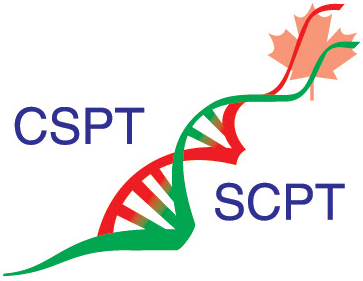Half-life
Definition:
Half-life, denoted as T1/2, refers to length of time required by a substance (often a drug) decrease to half of its starting concentration in drugs that follow first order kinetics.
To approximate half-life based on clearance and volume of distribution at steady state, the following equation can be used:
t1/2≈ 0.693⋅VSS/CL
VSS: Volume of distribution at steady state
CL: Clearance at steady state
Relevance:
Half-life is essential to understanding the rate of excretion of a drug, and its steady-state concentration in the body. The half-life of a drug informs its dosing schedule and is especially crucial in situations regarding drug toxicity.
Factors that influence the distribution, metabolism, and excretion of a drug can also impact (i.e. increase) the half-life of a drug.
For example, in terms of distribution, drugs that are predominantly distributed into adipose tissue (ex. Diazepam), can be stored in lipid reservoirs. Thus, as blood levels of the drug decrease through metabolism, this reservoir can increase levels, effectively also increasing the half-life of the drug. In terms of metabolism, various genetic forms of enzymes exist, varying among individuals depending on ethnicity. For example, majority of the population are cytochrome P450 2D6 (CYP2D6) rapid metabolizers, while the rest may be slow, intermediate, or ultrarapid metabolizers. Thus, the half-life of drugs metabolized by CYP2D6 (ex. Venlafaxine) also depends on the enzyme genetics of the individual. In terms of excretion, individuals with liver or renal diseases can experience an increased half-life depending on the characteristics and severity of the disease, as well as the elimination profile of the specific drug. For example, if a drug is predominately excreted through the liver, renal diseases will not affect the half-life. However, if a drug that is primarily excreted renally (ex. Gabapentin) is administered to the same individual, the half-life would be increased.
It is also important to note that in situations of overdose for some drugs, the saturation of clearance systems can change the kinetics from first order to zero order, prolonging the time needed to lower drug concentrations (ex. Salicylates).
Other factors such as sex, smoking habits, age, nutritional status, pregnancy, other medications or pathologies can impact distribution, metabolism and/or excretion of the drug, thus changing the half-life.
The half-life of a particular drug can be obtained from graphs known as elimination curves; with time on the x-axis, and plasma drug concentration on the y-axis. Most drugs follow first-order kinetics in which the rate of drug elimination is proportional to plasma concentrations (ex. Warfarin). Some drugs follow zero-order kinetics, in which the drug decreases by a constant amount over time, independent of initial concentration (e.g. Ethanol). In this case, the conventional concept of half-life does not apply. Some drugs (e.g. Salicylates) follow first order kinetics for therapeutic concentrations but when clearance is saturated under the conditions of overdose they follow zero order kinetics.
Half-life elimination curve
Teaching Tips:
Click the following link for a detailed explanation of the concept of half-life: https://www.nottingham.ac.uk/nmp/sonet/rlos/bioproc/halflife/index.html
For further explanation regarding clearance and half-life, check out The Pharmacokinetics Series by CritIC: https://youtu.be/gqpchVWTA4A
Linked terms: Pharmacokinetics, Drug Toxicity, Plasma, First-Order Kinetics, Zero-Order Kinetics, Steady State, Drug Clearance
Resources:
Hallare J, Gerriets V. Half Life. [Updated 2023 Jun 20]. In: StatPearls [Internet]. Treasure Island (FL): StatPearls Publishing; 2023 Jan-. Available from: https://www.ncbi.nlm.nih.gov/books/NBK554498/
Goodman, L. S. (Louis S., Gilman, A., & Brunton, L. L. (2008). Goodman & Gilman’s manual of pharmacology and therapeutics [electronic resource]. McGraw-Hill Medical.
Andrade, C. (2022). The Practical Importance of Half-Life in Psychopharmacology. The Journal of Clinical Psychiatry, 83(4). https://doi.org/10.4088/JCP.22f14584
Return to Glossary
